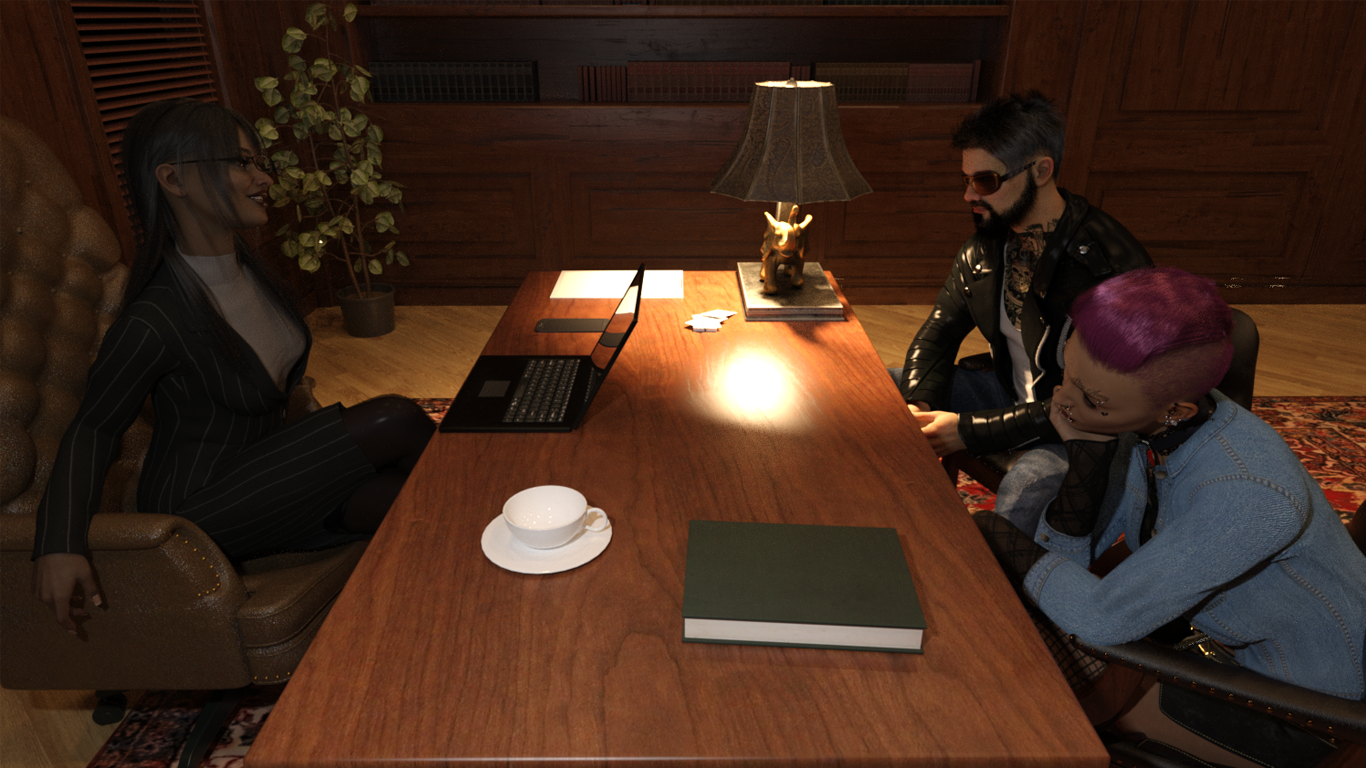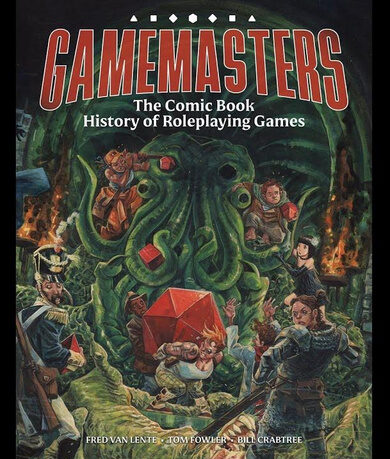We may earn money or products from the companies mentioned in this post.
I’ve mentioned numerous times that my usual method of planning for a game involves deciding what conflicts are going on in the world and then trying to figure out ways to get the characters involved in those conflicts. I haven’t really gone into the “get the players involved” part of the equation, so I’m going to do that this week.
Curiosity
If you give the PCs a glimpse of something that’s especially peculiar, intriguing, or potentially profitable, there’s a good chance they’ll follow up on their own. That’s easier said than done, though, so this works better if you can hint that the plot somehow ties in with something one of the characters is looking for, whether that’s ancient forbidden knowledge or The Six-Fingered Man. Even if that doesn’t turn out to be true, there’s a good chance they’ll continue to follow the plot out of curiosity or vengeance or boredom even after they find out it’s a dead end, especially if you introduce some GMCs that they want to help or thwart.
Emotional Appeal
For this one, you go straight to the lovable or dastardly GMC and make the PCs get involved in the plot because they can’t help themselves. If the characters are heroic and well-developed, you can appeal to their sense of things like honor, justice, and basic human decency, but high ideals aren’t strictly necessary. Even if the characters are full-blown murderhoboes you can usually hook them by appealing to baser human instincts like greed and vengeance. Have bad guy who’s involved in the plot you want to hook them into insult one of the PCs or beat him in a bar fight or steal his lucky dagger, then make sure they get mixed up in the bigger plot when they decide to get revenge.
Conflict of Interest
This is kind of the opposite of the “Curiosity” hook. In this case, one of the plots will actively get in the way of one or more of the PCs’ goals. If the PCs are trying to find the legendary Blade O’ O’ the Blade, make sure that one of the bad guys is looking for it, too. Once they know somebody else is trying to beat them to it, they’ll at least want to know more about the competition, which should give you plenty of chances to hook them into the main storyline. If you can convince them that the opposition knows something the PCs don’t, you get the Curiosity hook as an added bonus.
Recruit Them
The king sending the party on a mission is kind of a gaming cliche, but the reason it’s used so often is because it works. Since this hook usually appeals to the characters’ emotions on some level (greed being the most common in old D&D modules), this is a variation of the Emotional Appeal, but with one important advantage: The person or organization making the appeal usually has some power over the PCs and can make their lives very interesting (or very over) if the party passes on the job.
Wrong Place, Wrong Time
With this hook, the players get involved with the plot without really meaning to, usually because part of it happens right in front of them. Many characters will get involved either because it’s the right thing to do (in the case of bad guys doing bad things) or because their survival depends on it (for things like monster attacks and super-villain plots). Even if they choose not to interfere with what’s going on, that doesn’t mean they’re in the clear. Victims (or friends of victims) or police might want them to answer questions, people who know the PCs were there and didn’t get involved may treat them differently, and bad guys may decide that the witnesses need to be silenced.
Keeping Them Hooked
Once you get the PCs on the hook, make sure you throw in additional reasons for them to keep pursuing the storyline: GMCs they want to help or hurt, promises of rewards or information, intriguing mysteries, whatever will keep them involved in the story. If the PCs get noticed by the other characters and factions involved in the plotline, those factions will react accordingly. They may try to get rid of the PCs, recruit them, or use them as pawns. In some cases, this can result in a situation where the PCs can’t escape what’s going on even if they want to. As they get a better idea of what’s going on, the party may realize that they’re on the wrong side of the conflict, which may give them a personal reason to stay involved, especially if they were initially hooked by a deceptive emotional appeal.
While it’s true that a lot of players will follow any plot the GM sets in front of them with an obvious sign saying “Plot This Way,” giving the characters actual reasons to follow the plot makes for a more satisfying story. In addition to cutting back on the contrivances, all of these hooks (except sometimes the last two) make getting involved with the story feel more like a character choice, which is important to maintaining the illusion of free will that keeps players from feeling railroaded. Keeping the plot carrots a little less obvious also allows the GM to see what plot threads the players pick up on most strongly so she can adjust the story to make it more appealing to the players.





